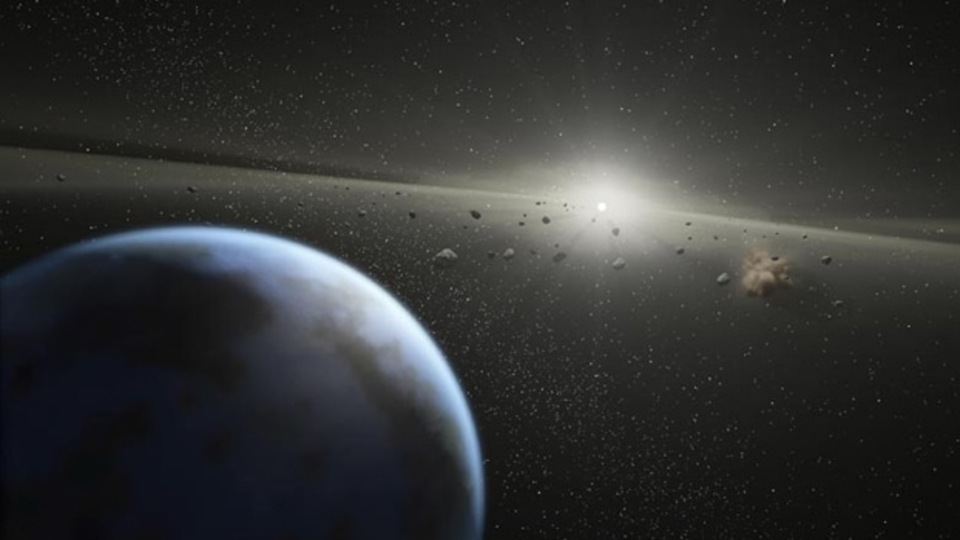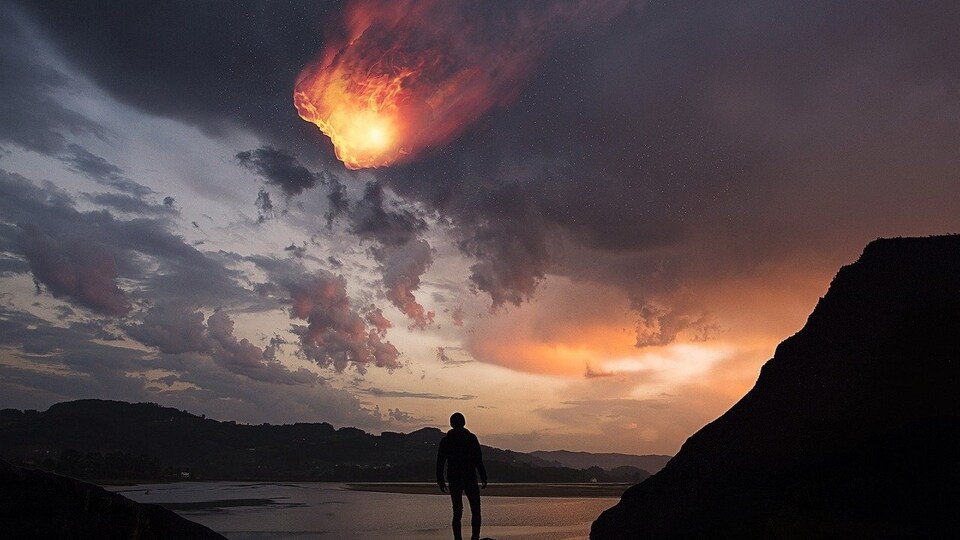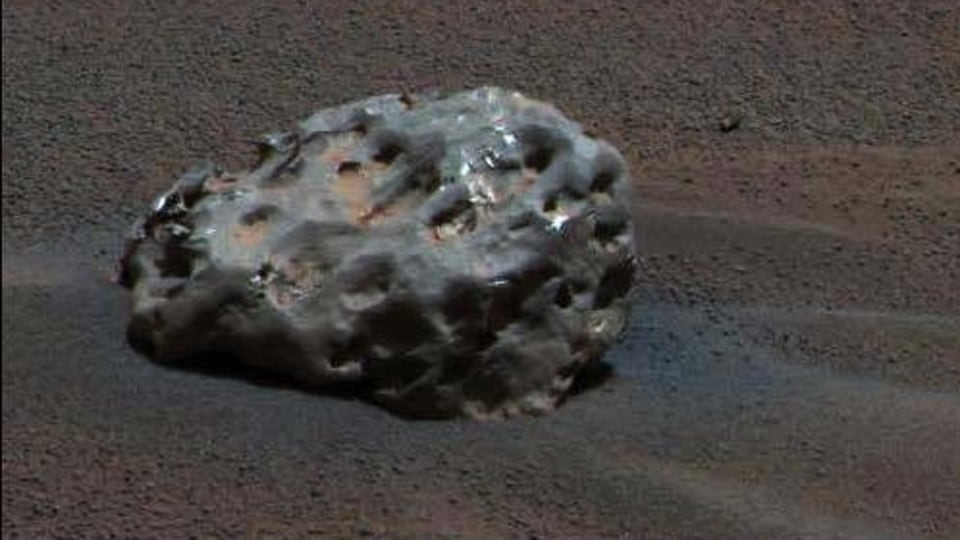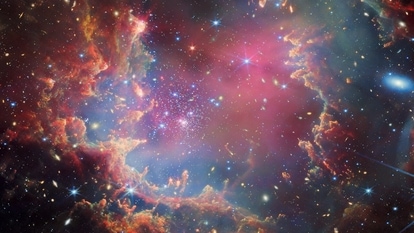Ursids: How and when to see the last peak meteor shower of 2024
The Ursid meteor shower is lighting up the sky this December. Here’s when and how you can catch the last major meteor shower of 2024.






 View all Images
View all ImagesThe Ursid meteor shower is set to light up the skies from December 17 to December 24, with its peak expected around December 23. As the last major meteor shower of the year, it offers a unique opportunity to observe this natural event, which has been occurring annually since the early 20th century, when British astronomer William F. Denning first noted it.
Best Viewing Times for the Ursids
Despite the challenges posed by winter's dense air and a moon that will be 54 percent full, you can still enjoy the Ursids with some simple strategies. According to Robert Lunsford, fireball report coordinator for the American Meteor Society, the peak of the Ursid meteor shower will happen between 4 and 5 AM ET on Sunday, December 23 (2 to 3 PM IST), as reported by CNN.
Also read: Amazon Alexa 2024 Wrapped: Here's what users asked voice assistant in India
For viewers in North America, midnight to early morning hours will offer the best chances to spot the meteors. During this time, you can see up to 10 meteors per hour with the naked eye, making it a great opportunity for skywatchers. No special equipment is necessary to witness this spectacle, as the meteors will be visible without telescopes or binoculars.
Also read: Christmas 2024: 5 cool gadgets under ₹2000 to gift loved ones
Tips for Viewing the Meteor Shower
To improve your chances of spotting these fast-moving meteors, Lunsford suggests facing north with the moon behind you. He advises lying in a comfortable lounge chair and centering your view about halfway up in the sky, so the horizon lies at the bottom of your field of view. If obstacles like trees block your line of sight, adjust your gaze to higher points in the sky. Since the atmosphere is thickest near the horizon, you'll likely see more meteors in that part of the sky.
For the best experience, it's recommended to stay outside for at least an hour. This allows your eyes to fully adjust to the darkness, enhancing your ability to spot the meteors.
Also read: BharatPe launches 'Shield' feature to protect users from UPI frauds: Here's how to use it
Don't Miss the Quadrantids
If you miss the Ursids due to cloud cover or sleepiness, don't worry - the Quadrantid meteor shower follows closely behind. Starting on December 26 and peaking on January 3, the Quadrantids will offer another opportunity to see meteors, and with a full moon only 11 percent visible, viewing conditions should be better than those for the Ursids.
Catch all the Latest Tech News, Mobile News, Laptop News, Gaming news, Wearables News , How To News, also keep up with us on Whatsapp channel,Twitter, Facebook, Google News, and Instagram. For our latest videos, subscribe to our YouTube channel.





























